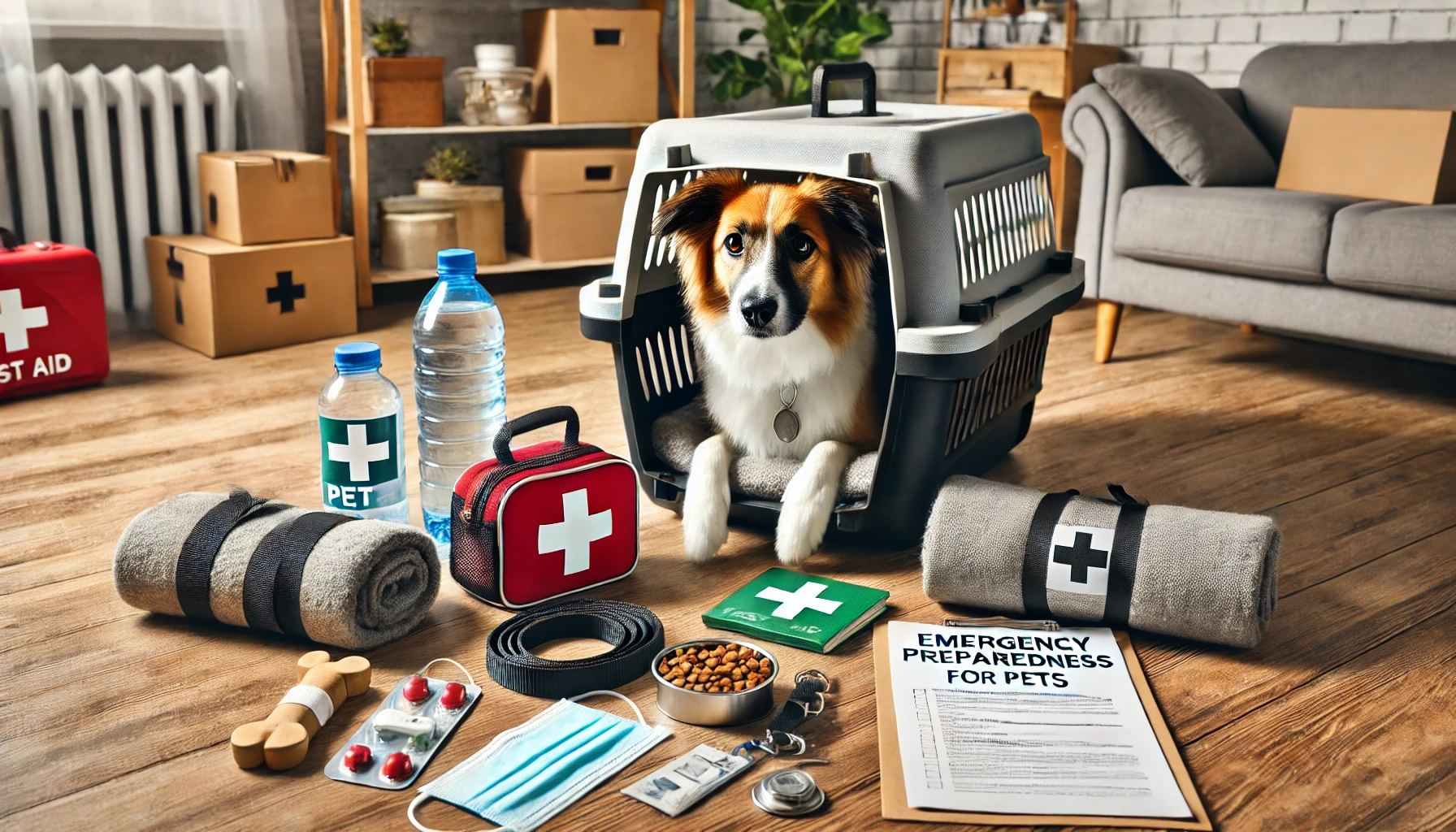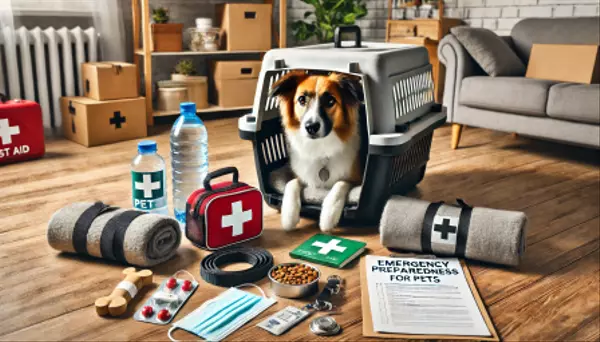Keeping Pets Safe in an Emergency: A Homeowner’s Guide to Preparedness

Emergencies can strike without warning—wildfires, hurricanes, earthquakes, or even home fires. As responsible pet owners, it’s crucial to have a well-thought-out plan to ensure your furry family members stay safe. Whether you’re sheltering in place or evacuating, here’s how to prepare your home, assemble a pet emergency kit, and locate resources that can help in a crisis.
1. Create an Emergency Plan for Your Pets
Just as you have a plan for your human family, you need one for your pets. Follow these steps:
- Identify Safe Havens: Know where you’ll go if you need to evacuate. Not all emergency shelters accept pets, so research pet-friendly hotels, boarding facilities, or nearby friends and family who can accommodate your animals.
- Map Out Evacuation Routes: Familiarize yourself with multiple escape routes from your home and neighborhood.
- Assign Responsibilities: If you have multiple household members, decide who will be responsible for grabbing pets, their emergency kit, and other essentials.
- Practice Evacuations: Pets may panic in emergencies, so conduct occasional drills to help them adjust.
2. Assemble a Pet Emergency Kit
Having a go-bag for your pets ensures you’re not scrambling during a crisis. Your pet emergency kit should include:
- Food and Water: A 3-7 day supply of pet food and bottled water.
- Medications and First Aid: Include prescription medications, flea/tick prevention, and a pet first-aid kit.
- Important Documents: Vaccination records, medical history, microchip information, and a recent photo in case your pet goes missing.
- Leashes, Carriers, and Harnesses: To keep your pet secure during travel.
- Comfort Items: Familiar blankets or toys can help reduce stress.
- Litter Box and Waste Bags: For cats, bring a portable litter box. For dogs, pack poop bags.
- Emergency Contact List: Keep a list of vets, shelters, and pet-friendly accommodations.
3. Preparing Your Home for Shelter-in-Place Scenarios
Sometimes, leaving your home isn’t an option. If you must shelter in place, take these precautions:
- Choose a Safe Room: Select an interior room with no windows, such as a bathroom or basement.
- Pet-Proof the Space: Remove hazardous objects, secure heavy furniture, and block off small hiding spaces.
- Stock Up on Supplies: Keep at least two weeks’ worth of pet food, water, and medications.
- Comfort and Entertainment: Provide toys, treats, and familiar bedding to help ease anxiety.
4. Identifying Emergency Resources
During an emergency, these resources can be lifesaving:
- Pet-Friendly Shelters & Hotels: Websites like BringFido list pet-friendly accommodations.
- Local Animal Shelters & Rescues: Many provide emergency boarding during natural disasters.
- Disaster Relief Organizations: Groups like the ASPCA Disaster Response and RedRover assist in rescuing displaced pets.
- Microchip & ID Tags: Ensure your pet has updated identification in case you get separated.
5. Special Considerations for Different Pets
Each pet type has unique needs:
- Dogs & Cats: Keep them on a leash or in a carrier during emergencies.
- Small Animals (Rabbits, Guinea Pigs, Birds): Transport them in ventilated carriers and pack extra bedding.
- Reptiles & Fish: Have portable tanks and battery-operated heaters if power is lost.
Final Thoughts
Emergencies are stressful, but a well-prepared plan can make all the difference in keeping your pets safe. By planning ahead, assembling a pet emergency kit, and knowing where to go, you can protect your beloved companions when disaster strikes.
👉 Have you created an emergency plan for your pets? Share your tips in the comments!
Categories
Recent Posts










GET MORE INFORMATION

Pack Leader | License ID: 2017002960
